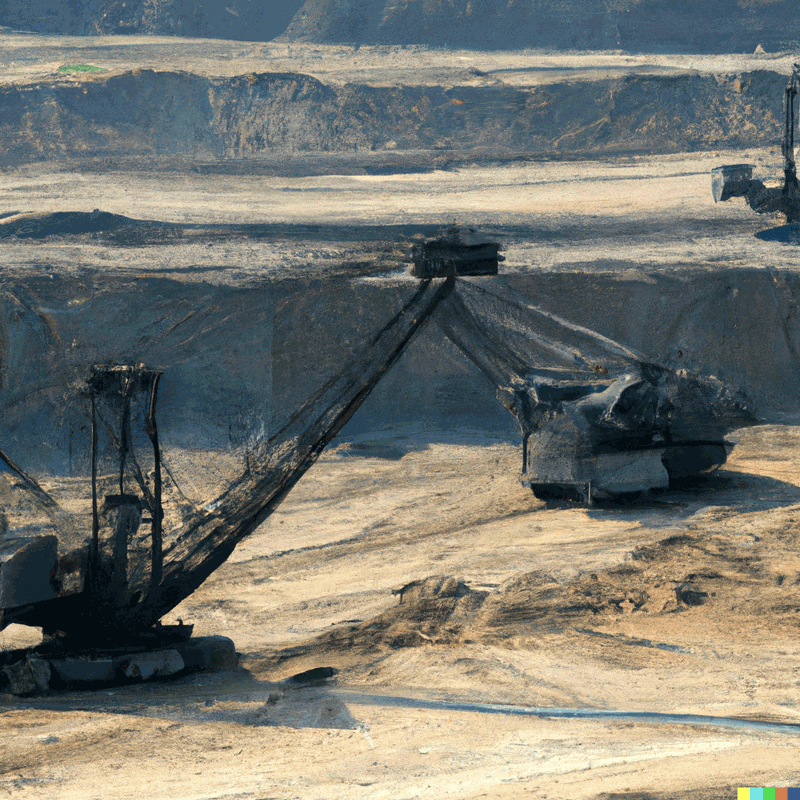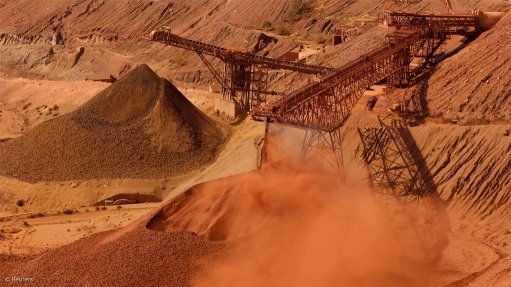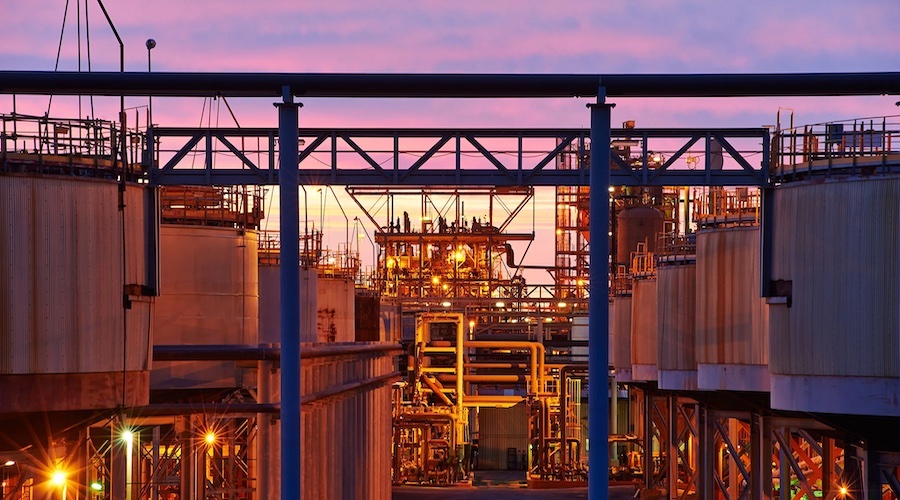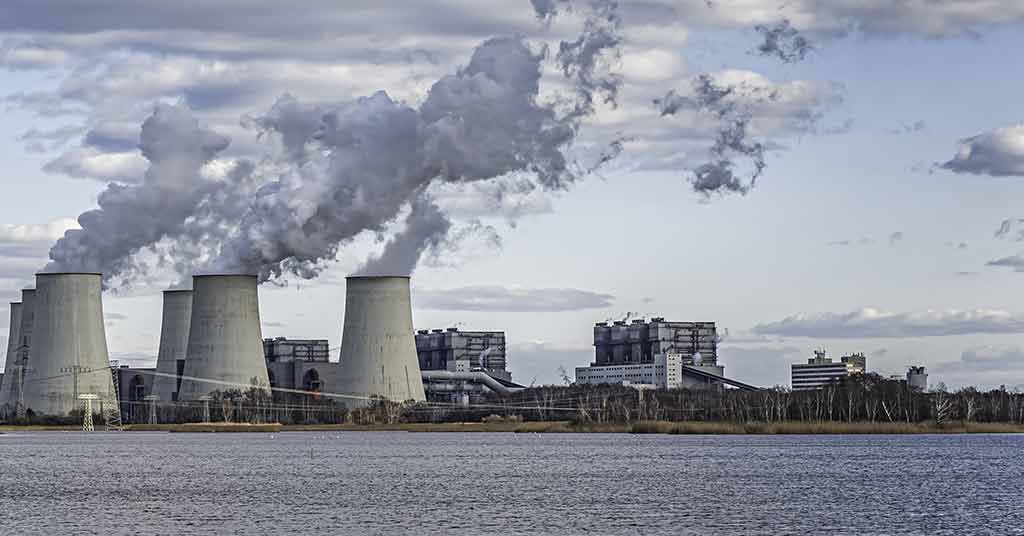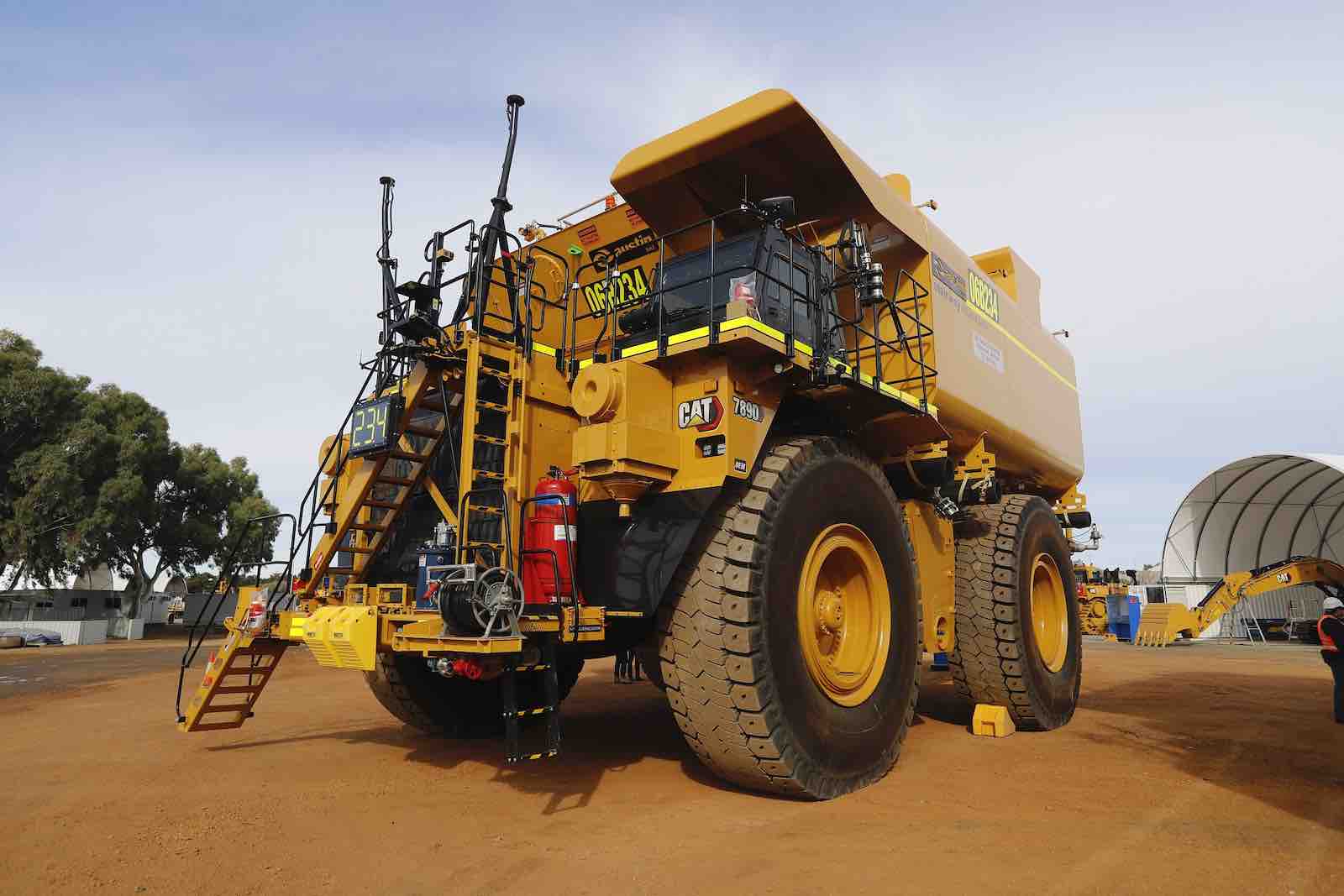In recent times, the global copper market has been undergoing a significant shift, marked by the emergence of a supply-demand imbalance that has led to what experts are terming an “age of extremely large deficits.” This development has far-reaching implications for various industries and economies around the world, given copper’s indispensable role as a foundational material for infrastructure, electronics, renewable energy, and more.
Copper, often referred to as “Dr. Copper” due to its sensitivity to economic trends, has historically been a reliable indicator of global economic health. Its applications in construction, transportation, electronics, and power generation make it a vital component of modern civilization. With the ongoing technological advancements and the increasing emphasis on sustainability and electrification, the demand for copper has been steadily rising.
However, the current scenario is witnessing a stark disparity between demand and supply. Several factors have contributed to this imbalance. Firstly, the green energy revolution is driving up copper consumption as solar panels, wind turbines, and electric vehicles all rely heavily on the metal. These technologies require substantial amounts of copper for their production, transmission, and integration into existing infrastructure.
Secondly, urbanization and infrastructure development in emerging economies, particularly in Asia and Africa, are propelling the demand for copper-intensive projects such as power grids, buildings, and transportation networks. As these regions continue to experience rapid population growth and industrialization, the need for copper shows no signs of abating.
Conversely, the global copper supply is facing challenges. Mature copper mines are depleting their reserves, leading to diminishing output from these sources. Additionally, the process of finding and developing new copper deposits is becoming more complex, time-consuming, and expensive, often involving remote or technically challenging locations. Environmental regulations and community concerns further complicate the mining process, leading to delays and higher costs.
The COVID-19 pandemic exacerbated these supply chain issues. Lockdowns, labor shortages, and disruptions to transportation hindered mining operations and slowed down the production of refined copper. Moreover, the pandemic-induced economic recovery has boosted demand for copper, creating a perfect storm of dwindling supply and surging demand.
The consequences of this supply-demand gap are already being felt across industries. Copper prices have surged to record highs, making production costs soar for manufacturers and affecting profit margins. Some sectors, such as the electronics industry, are facing supply chain disruptions due to the scarcity of copper. Governments and companies are scrambling to secure copper supplies, which has led to geopolitical tensions and strategic resource agreements.
To address these challenges, a multi-pronged approach is needed. Investment in exploration and the development of new mining technologies could potentially unlock untapped copper reserves. Recycling and efficient utilization of copper can help alleviate some pressure on the supply chain. Additionally, diversification of supply sources and the promotion of responsible mining practices can contribute to a more stable market.
In conclusion, the global copper market is indeed experiencing an era of substantial deficits, driven by a confluence of factors including green technologies, urbanization, supply chain challenges, and the lingering effects of the pandemic. Navigating this landscape will require collaboration between governments, industries, and communities to ensure the sustainable supply of this critical metal and to mitigate the potential economic and social impacts of its scarcity.






